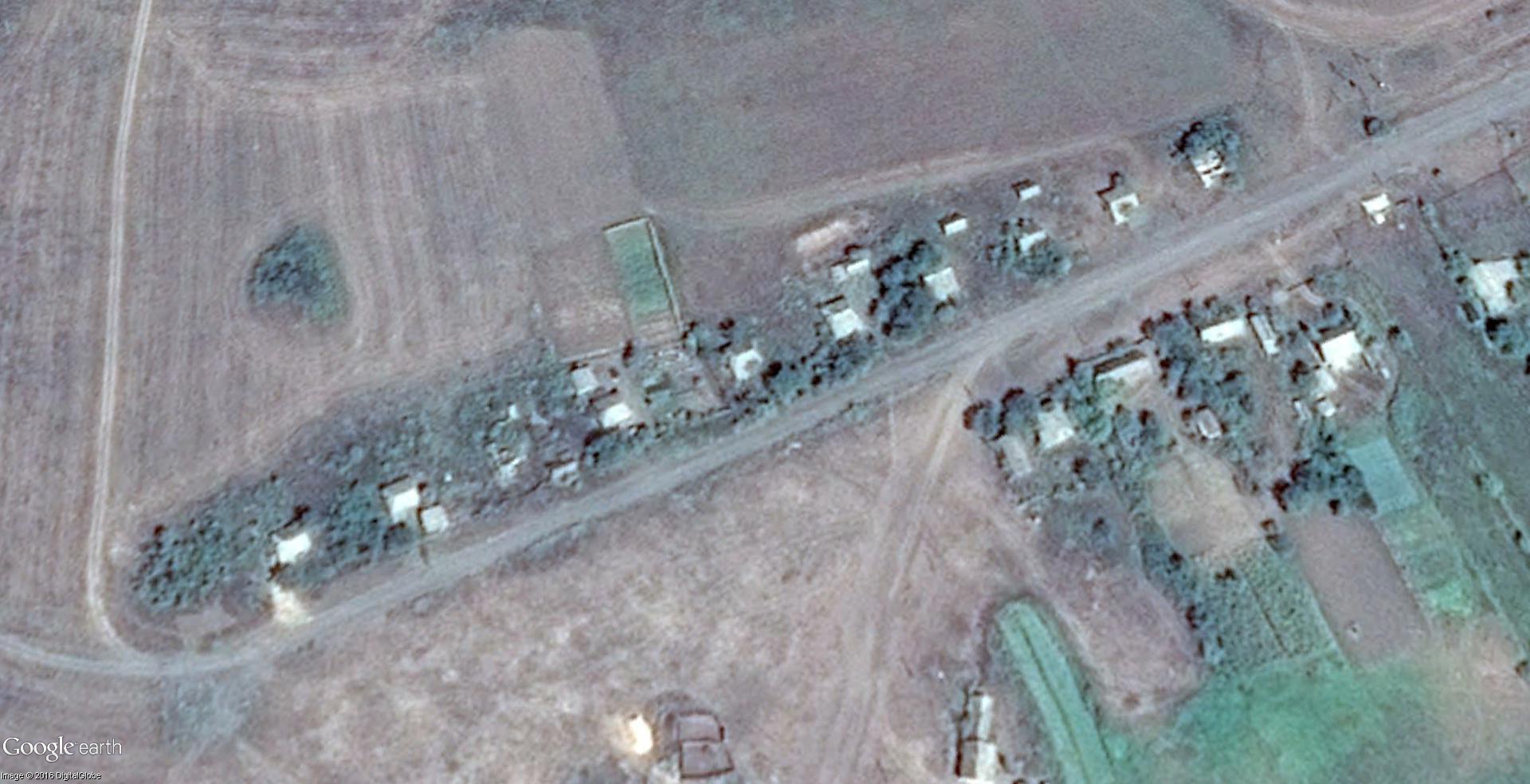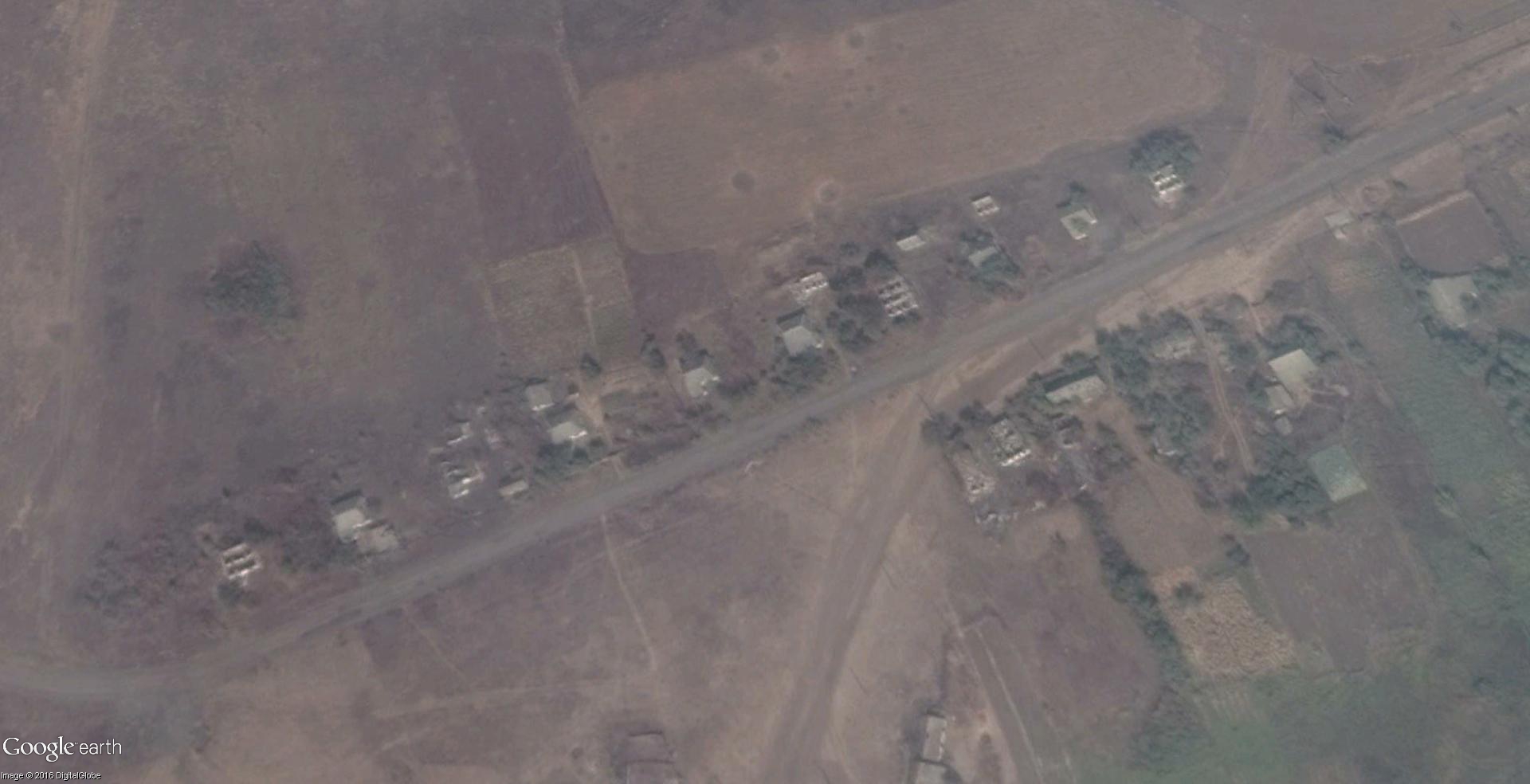The General Court of the European Union has annulled the freezing of assets belonging to five Ukrainians, including former prime ministers Mykola Azarov and Sergei Arbuzov.
Yesterday’s live coverage of the Ukraine conflict can be found here.
Please help The Interpreter to continue providing this valuable information service by making a donation towards our costs.
For links to individual updates click on the timestamps.
For the latest summary of evidence surrounding the shooting down of flight MH17 see our separate article: How We Know Russia Shot Down MH17.
- READ OUR SPECIAL REPORT:
An Invasion By Any Other Name: The Kremlin’s Dirty War in Ukraine
According to the International Committee of the Red Cross (ICRC), more than a thousand people remain missing in the Donbass as a result of the conflict that has raged since early 2014.
Ukrinform reports that Alain Aeschlimann, the head of the ICRC delegation in Ukraine, told reporters at a press conference in Kiev today that:
“No one has data on the number of those who have disappeared without trace due to the conflict. There are many of them, and I can say that there are more than a thousand such people.”
Aeschlimann said that in 2015 the ICRC worked on more than 400 requests for help in finding missing family members in Ukraine and succeeded in resolving 250 cases.
Worryingly, Aeschlimann said that the ICRC had not been granted sufficient access to Ukrainian prisoners of war held by Russian-backed separatists.
While the ICRC was able to visit 580 prisoners in government-controlled territory over the last year, the self-declared Donetsk and Lugansk People’s Republics had allowed access to only four detainees.
Earlier this week, Leonid Kuchma, former Ukrainian president and head of the Ukrainian delegation at the trilateral Contact Group, said that he believed many of the Ukrainians listed by the separatists as prisoners of war, were in fact dead.
RFE/RL’s Anna Shamanska reports that Aleksandr Zakharchenko, leader of the self-declared Donetsk People’s Republic (DNR), admitted on Monday that his forces had razed a village before withdrawing ahead of advancing Ukrainian troops in 2014.
The village of Kovzhenya lies just north of the Russian border in the east of the Donetsk region, south of Shakhtyorsk.
Shamanska writes:
The Russia-backed separatists held the village until July 23, 2014, when troops loyal to Kyiv forced them to retreat. At the time, a separatist representative told Interfax news agency that the populated areas had been abandoned and that no separatists had been killed in action.
It was not until his January 25 admission that Zakharchenko explained how they pulled it off: by burning everything to the ground.
“This village was a milestone for me. … It was our first offensive. Unfortunately, in the course of fighting we practically destroyed this village,” he said. “By burning down houses, we saved our lives and the lives of our people”:
The destruction of the village is made clear by comparing Google Earth satellite images taken on August 8, 2013 and September 4, 2014:
2013:

2014:

On Monday, Zakharchenko congratulated students for their work in reconstructing the village, which fell under DNR control once again in August, 2014.
Zakharchenko himself, recently wounded in battle, can be seen in this footage from July 23, 2014, telling a reporter that the village would soon be under complete DNR control:
Video from July 25, 2014 attests to the presence of separatist forces, including Russian fighters, in the village and the subsequent fighting.
In the following video, we see two men, who tell the cameraman that they are from Rostov and Tomsk in Russia, before the column of tanks, armoured personnel carriers and trucks moves out and is engaged in fighting, with at least two fighters wounded.
The battle for Kozhevnya, just east of the Marinovka border crossing, took place at the height of fighting in what was then known by the Ukrainian military as ‘Sector D.’

Ukrainian troops were at this time fighting to avoid complete encirclement by Russian-backed forces, who were attacking from the north and west. Meanwhile Russian artillery and Grad MLRS were shelling their positions from across the border.

Ukrainian Troops Retreat From Russian Border, Leaving 100 Kilometers Open to Invasion
For the last few days all media attention on the Ukrainian crisis has been focused on two topics: the advances made by Ukrainian forces around the city of Donetsk and, more worryingly, the threat of Russian invasion under the guise of "humanitarian intervention."
For a wider-reaching report on this phase of the war, read The Interpreter‘s special report:
Following yesterday’s intense fighting in the Donetsk and Gorlovka areas, the Ukrainian military reported 40 attacks over the previous 24 hours as of 6:00 this morning.
Colonel Oleksandr Motuzyanuk, a military spokesman for the Presidential Administration, told reporters at noon today that Russian-backed fighters had used mortars, infantry fighting vehicles and anti-tank missiles at several locations along the front.
The pro-separatist Donetsk News Agency (DAN) reported meanwhile that Ukrainian forces had shelled western and northern areas of Donetsk, as well as Makeyevka, Yasinovataya and Gorlovka to the east.
— Pierre Vaux
The General Court of the European Union has today annulled an EU-wide freezing of assets belonging to two of Viktor Yanukovych’s former prime ministers – Mykola Azaorv and Sergei Arbuzov.
The assets were frozen on March 5, 2014, after they fled Ukraine after Yanukovych abandoned Kiev at the height of the EuroMaidan protests.
Azarov was prime minister when the government introduced a package of severely restrictive anti-protest laws on January 16, 2014, aimed at repressing the demonstrations.
The package, dubbed the “dictatorship laws” was denounced internationally and served to only heighten tensions on the streets.
Azarov resigned on January 28 and was replaced by Arbuzov, who remained in his post until February 27. This period saw some of the most violent repressions on the Maidan, with snipers opening fire on protesters. Dozens had already been killed by riot police or abducted and tortured or killed in the weeks before Azarov’s resignation.
Three other men were removed from the EU sanctions list by today’s ruling: Eduard Stavytskyi – former energy and coal industry minister, Sergiy Kluyev – businessman, MP and brother of former Presidential Administration head Andriy, and Oleksiy Azarov, the former prime minister’s son.
All were placed under sanctions by the Council of the European Union after the post-Maidan Prosecutor-General, Oleh Makhnitsky, sent a letter to the Council stating that investigators had established that the five had misappropriated large amounts of public funds and illegally transferred them outside Ukraine.
The General Court ruled today that, in the absence of further evidence, the order of the Council failed to match the necessary legal criteria to freeze their assets:
The Court takes the view that that letter provides no details concerning the matters specifically alleged against the five Ukrainians or the nature of their responsibility.
The Court concludes that the freezing of the assets of the five Ukrainians does not satisfy the designation criteria, and therefore annuls that measure for the period from 6 March 2014 to 5 March 2015.
— Pierre Vaux